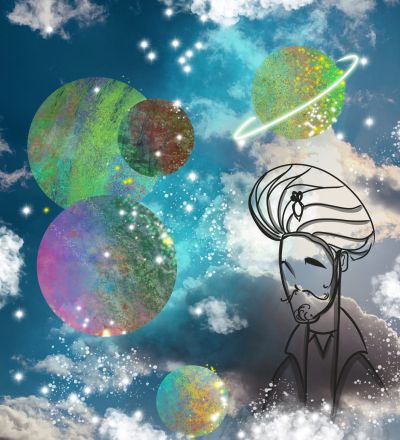Ulugh Beg (1394–1449) was a great scholar and astronomer of his era as well as a ruler. In honor of his contributions to science, the International Astronomical Union named a crater on the moon “Ulugh Beigh.”
Ulugh Beg, who was the fourth ruler of the Timurid State in 1409, devoted himself to science more than administration. He turned his palace into a science center.
Ulugh Beg’s studies are mostly in the fields of mathematics and astronomy. The star catalogs in his book Zij-i Sultani (Ulugh Beg’s Astronomy Tables) were translated into different languages and were used both in the Islamic world and in European countries until the 19th century.
It was his works in the field of astronomy and the works he produced that introduced Ulugh Beg to the whole world. His most famous work is the great observatory he had built in Samarkand. The studies in this observatory, which was built in the 14th century, continue to shed light on the astronomical studies of our time even now. The calculations made that day are in accordance with the astronomical calculations of today.
The observatory was unearthed by a Russian archaeologist during excavations in 1980. In the observatory, seven major planets Mercury, Venus, Earth, Mars, Jupiter, Saturn and Uranus, as well as the Moon and Sun were observed and accurate calculations were made.
Although the tools he used in his experiments and observations, and the source books he used in his studies were insufficient compared to today’s, Ulugh Beg made very serious and important determinations.




